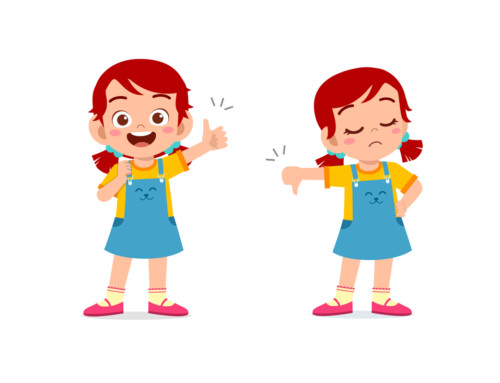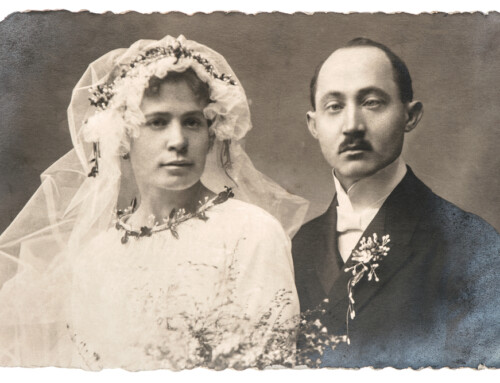{3 minutes to read} Divorcing couples who come to mediation always tell me from the outset that they are purposely choosing this process because they do not wish to engage in a litigious battle. They come with the best intentions to work out issues such as custody, parenting schedules, and division of their assets as amicably as possible. But then as the conversations begin, each stands firm in their position and is not willing to consider the other person’s needs. Tensions build, voices rise, sharp exchanges fly between the parties. They no longer listen to the other, they just want what THEY want.
One party may turn to me as if to say “Mediator, please tell us what to do now?” Before engaging in the mediation process, I always tell clients that the role of the mediator is not to tell anyone what to do, so the parties are informed from the outset. Even knowing that, they still feel stuck and angry. Their emotions get in the way. It’s the other party who is being unreasonable because THEY know what needs to be done.
This may well be a good time for a break. Let’s take a few minutes, catch our breath, regroup, maybe reschedule an appointment for another day.
This may also be a time to make a change in the way we think. Let’s imagine that we are in our kitchen and that we are going to sit on opposite sides of the table, which automatically puts one against the other. Why not try to sit on the same side of the table and tackle the issues as a team. Sure, we need to divide assets, and schedule times with the children, but if we approach these issues as a team rather than as adversaries, and if we look at what is best for all going forward, we may have a more successful outcome.
When we feel “attacked,” we tend to become more defensive, more negative, and less open to a resolution. If we approach the issue as “let’s see what’s best for-you-and-for-me,” each person may become more open to the discussion. I have worked with couples where one person says to the other “are you going to be ok with this?” and there is an immediate more appreciative body language and response. The other party may still say “No, this does not work for me,” but if the dialogue is collaborative rather than antagonistic, a good outcome will be easier to achieve.
Whether it is your kitchen table, the mediator’s table, or a couple of side-by-side chairs, the fact is that you are working together towards a reasonable and satisfying conclusion to the mediation.
Jennifer Safian
divorce and family mediation
upper east side of manhattan (nyc)
new york, ny
(917) 881 5206
jpsafian@gmail.com
Latest posts by Jennifer Safian (see all)
- coping with divorce guilt - April 17, 2024
- does not reaching an agreement mean the mediation process failed? - March 27, 2024
- should I tell my children’s school that we are getting a divorce? - March 13, 2024






Leave A Comment